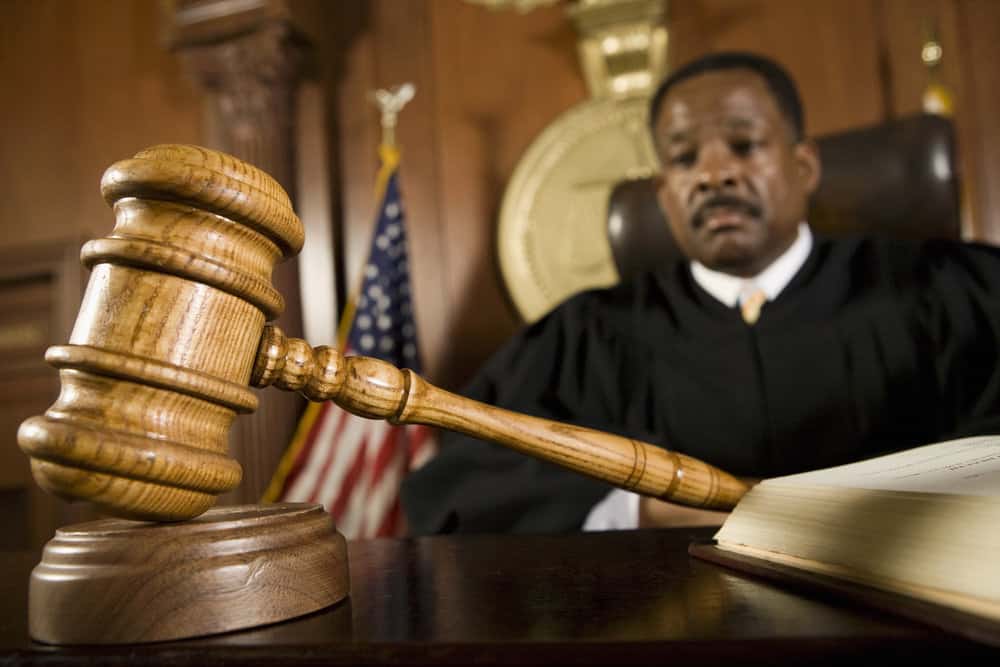Introduction
Judicial review, the power of the courts to review and invalidate laws and executive actions that are found to be unconstitutional, has had a profound and lasting impact on American law and the nation’s governance. Established in the landmark case of Marbury v. Madison, judicial review has shaped American jurisprudence, influenced social and political issues, and preserved the balance of power in the government. This article examines the significance and legacy of judicial review, exploring how the power of the judiciary to interpret the Constitution has shaped the legal landscape and safeguarded individual rights and liberties.
Safeguarding the Constitution and Individual Rights
1. Preserving the Constitution’s Integrity
At its core, judicial review plays a vital role in preserving the integrity of the United States Constitution. By ensuring that laws and actions are in line with the Constitution’s provisions, the judiciary safeguards the nation’s supreme law and prevents governmental overreach.
2. Protecting Individual Liberties
Judicial review has been instrumental in protecting individual rights and liberties. Landmark cases like Brown v. Board of Education and Roe v. Wade have expanded civil rights and personal freedoms, ensuring that constitutional protections extend to all citizens.
3. Balancing Competing Interests
The power of judicial review allows the courts to balance competing interests and weigh the constitutionality of laws against the rights of individuals and the needs of society. This process helps maintain the delicate balance of power among the three branches of government.
Shaping American Jurisprudence
1. Developing Constitutional Interpretation
Through the exercise of judicial review, the Supreme Court has developed various methods of constitutional interpretation, including originalism, textualism, and the living constitution approach. These methods have influenced how the Court interprets the Constitution’s provisions and principles.
2. Establishing Precedents
The Court’s decisions in cases of judicial review set significant legal precedents that shape American jurisprudence. These precedents guide lower courts in their interpretations and ensure consistency in the application of constitutional principles.
3. Adapting to Social Change
Judicial review allows the Court to adapt constitutional interpretation to reflect changing societal norms and values. The ability to reinterpret the Constitution has allowed the Court to address emerging challenges and ensure the Constitution’s relevance in a modern context.
Judicial Review in Key Historical Moments
1. The Civil Rights Movement
During the Civil Rights Movement of the 1950s and 1960s, judicial review played a critical role in dismantling segregation and upholding civil rights. Cases like Brown v. Board of Education and Loving v. Virginia set important precedents for ending racial discrimination.
2. The Expansion of Privacy Rights
Through cases like Griswold v. Connecticut and Roe v. Wade, the Court expanded the right to privacy, recognizing the autonomy of individuals in making personal decisions, including the right to access birth control and seek abortion.
3. The Watergate Scandal and Presidential Immunity
In United States v. Nixon, the Court asserted the principle that no one, not even the President, is above the law. This decision upheld the rule of law and limited the scope of executive privilege.
4. The Post-9/11 Era
In cases related to national security and individual rights after the September 11, 2001 attacks, such as Hamdi v. Rumsfeld and Boumediene v. Bush, the Court balanced the government’s need for security with the protection of habeas corpus and due process rights.
Challenges and Criticisms of Judicial Review
1. Counter-Majoritarian Difficulty
One of the key criticisms of judicial review is the counter-majoritarian difficulty. Some argue that unelected judges should not have the power to strike down laws enacted by elected representatives, raising concerns about the democratic legitimacy of judicial review.
2. Judicial Activism vs. Restraint
Debates persist over the appropriate level of judicial activism or restraint in exercising the power of judicial review. Critics of judicial activism argue that unelected judges should not be making policy decisions.
3. The Role of the Court in Political Matters
Certain cases, like Bush v. Gore, have raised questions about the Court’s intervention in political matters and its potential impact on the Court’s authority and legitimacy.
The Future of Judicial Review
1. Changing Composition of the Court
The future of judicial review may be influenced by the changing composition of the Supreme Court. As justices retire or new appointments are made, the Court’s approach to constitutional interpretation could shift.
2. Emerging Legal and Social Issues
Judicial review will continue to address emerging legal and social issues, including those related to technology, civil liberties, and environmental concerns. The Court’s interpretations will shape how the Constitution applies to modern challenges.
3. Public Perception and Legitimacy
The future of judicial review will also depend on public acceptance and perception of the Court’s decisions. Ensuring the legitimacy of the Court’s authority is crucial for maintaining public trust in the judiciary.
Conclusion
The significance and legacy of judicial review on American law are undeniable. As a fundamental aspect of the American legal system, judicial review has shaped the interpretation of the Constitution, safeguarded individual rights, and preserved the balance of power in the government. Throughout key historical moments, the Court’s exercise of judicial review has been pivotal in advancing civil rights and responding to societal changes. However, judicial review is not without its challenges and criticisms, with debates about the Court’s role in policy-making and its impact on democracy. Nevertheless, the future of judicial review will continue to evolve as the Court addresses emerging legal and social issues, guided by the principles of the Constitution and the rule of law.



